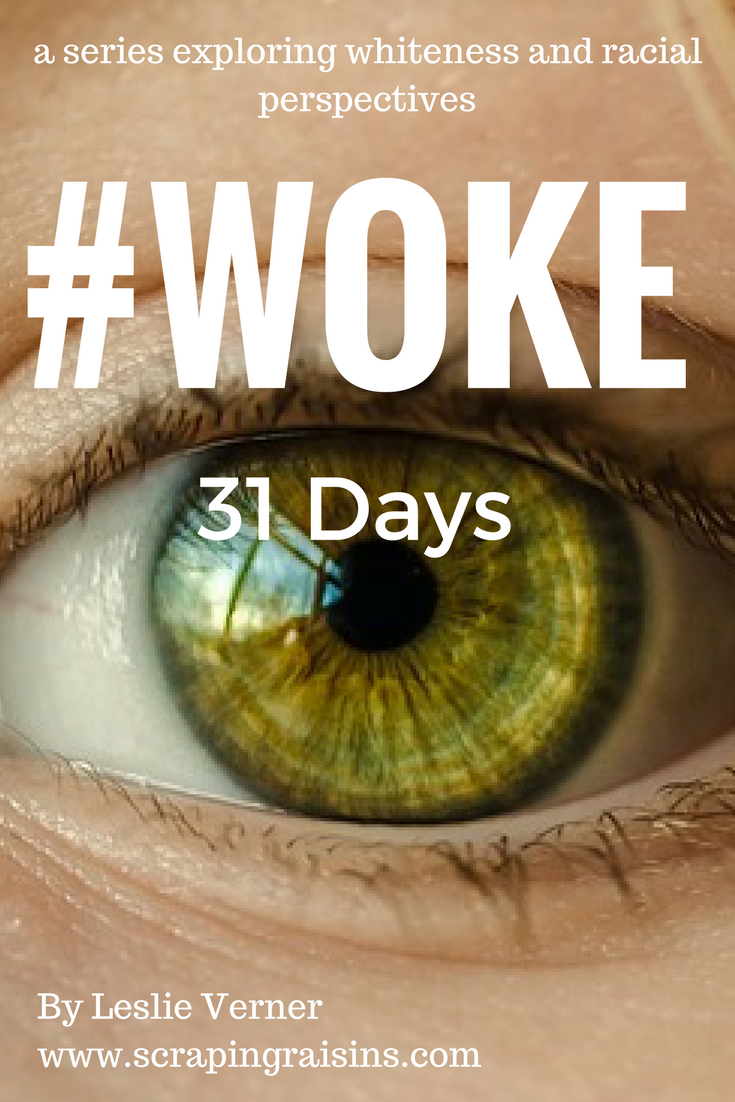
A woman stood in front of the church auditorium of moms and explained how to pack the shoeboxes for Operation Christmas Child. “Fill them up as much as you can. You don’t need to buy anything fancy,” she said. Our mom’s group was sending gifts to help needy children in other countries for Christmas. “I usually just go to the dollar store and get stuff there.” I shifted uneasily in my padded chair, thinking about those children receiving a box full of dollar store trinkets.
I have no problem with the dollar store. It is great for cheap birthday decorations, pregnancy tests and disposable lasagna pans. But I would never buy a birthday gift for my child or my child’s friend there. Because of that, something told me a child in Bangladesh, Papua New Guinea or Uganda doesn’t want that stuff either.
The day we stuffed boxes, the tables overflowed with chintzy plastic cars, blond knock-off Barbie dolls and thin jump ropes. I imagined how the children, excited about receiving a gift from such a rich country, would feel when their toys broke the day they received them.
What does it say about us when we give others what we would never buy for ourselves or our own children?
A long-time reporter on school integration, Nikole Hannah-Jones purposely placed her daughter in a low-income school. Through her research, she changed her personal narrative from “It’s good enough for them” to “If it’s not good enough for my child, then why are we putting any children in those schools?”
Our sense of privilege and superiority (and dare I say supremacy) is glaringly evident when we can–in good conscious–give others what we would never want for ourselves or our children. We claim to want equality, but cringe when equality might require us to put our own children on the line.
What if we stopped giving our leftovers, excess and junk to those in need and started giving our best? What if we used our own children as the litmus test for honoring human dignity?
Would I give this to my child? Would I treat my own child this way? Would I clothe my child with this outfit, prepare my child this food, or send my child to this school?
If my answer is “no,” then I need to rethink whether it is good enough for any human being.
I am just as guilty as anyone of handing my leftover enchiladas to a panhandler or dropping off my stained clothing at a thrift store. But Jesus calls us to more. He calls us not only to offer one cloak, but two. He calls us to not just give out of our excess, but—like the poor widow who put in her two mites—give until we wince with the loss.
In Jesus’ first miracle, He turned water into wine. Though the wedding guests were most likely drunk and wouldn’t have known the difference, those who were sober enough commented that the host had saved the best wine for last.
Jesus calls Christians to view every human being as created in the image of God Himself. That includes the drunk homeless man, the woman trapped in sex trafficking, the belligerent teenager, the snotty child throwing a tantrum in the grocery store, the terrorist plotting revenge and the rapist in prison. God loves each person regardless of what they give back to society. Do we?
How would it transform our neighborhoods, schools and cities if we started giving our best instead of our leftovers? If we started meeting needs as we would meet the needs of our own children?
What if this Christmas we packed boxes full of quality toys that would give our own children delight to open? What if we thought about the dark-skinned little girl opening the box that might love to have a doll that looks just like her? Yes, it will cost more, but it will also speak dignity to the child across the world waiting to see how the western church gives. It will reflect the God who doesn’t hold back love, but gives without measure. Let’s be that kind of witness to the world.

















